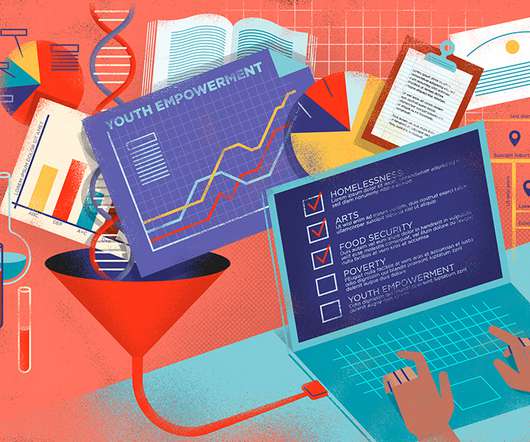Innovating to Address the Systemic Drivers of Health
Stanford Social Innovation Review
NOVEMBER 8, 2023
Unfortunately, there are not many health clinics nearby where Elisa can get easy access to primary care with her Medicaid insurance. Life expectancy can differ up to 30 years in the US between different zip codes in the same state, indicating the significance of socioeconomic, environmental, and social factors in driving health outcomes.

















Let's personalize your content